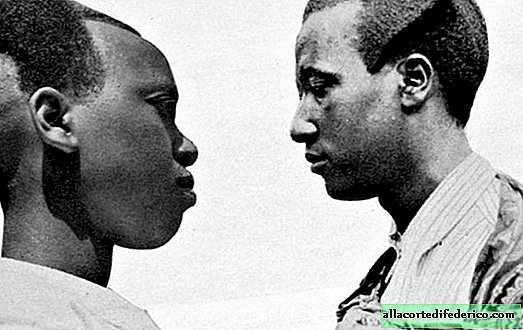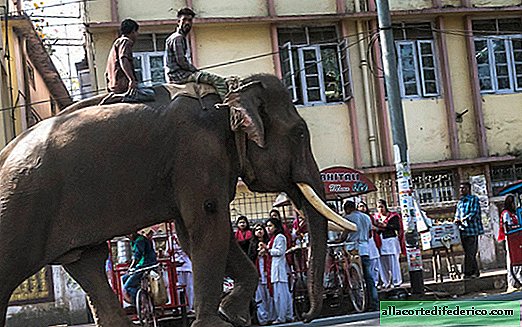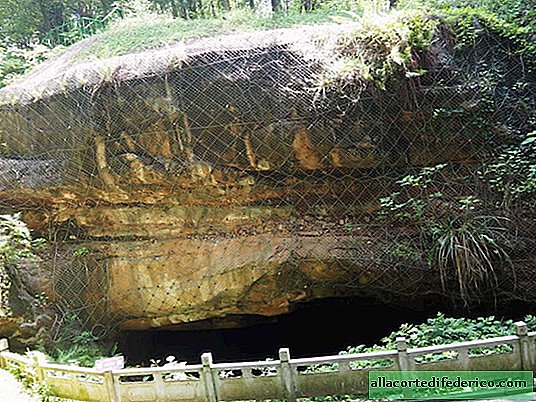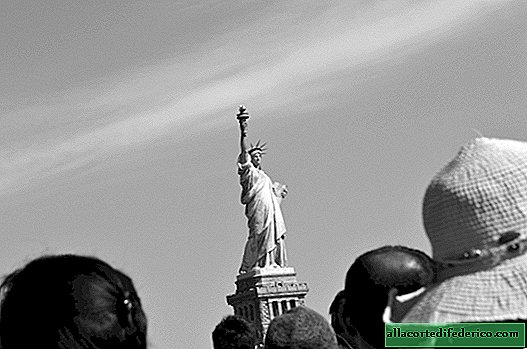Why do iguanodons have claws on their thumbs
Dinosaurs became extinct 65 million years ago, but continue to throw riddles to us. For example, iguanodon is a giant herbivore lizard 9 meters long. He possessed huge spikes on the thumbs of his forepaws. Their purpose is still not exactly known: perhaps it was a deadly weapon for anyone who dared to approach this big guy. Or maybe not.
Thumb up
People began to build assumptions about the anatomy of iguanodon from the beginning of the 19th century. It all started with a mistake: the British paleontologist Gideon Mantell took the claw of the thumb for a horn when he discovered the first set of remains of the fossil iguanodon. It was an incomplete skeleton, so he placed the claw on top of the creature’s nose, like a rhino. This mistake is excusable, since iguanodon was just the second dinosaur to ever be discovered.
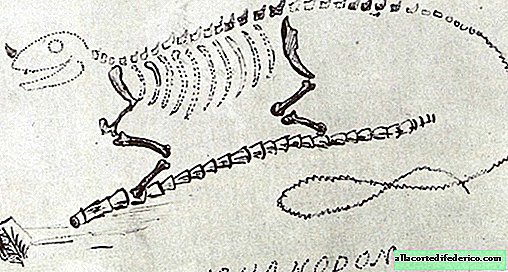
Subsequent discoveries greatly changed our ideas about the mass and shape of the dinosaur - and scientists moved its thumbs to where they belong. True, they still do not know for sure why the iguanodon used them.
A weapon or a tool?
There is another theory: iguanodons used these claws in intraspecific competition. Indeed, dinosaurs of one species could well sort things out by fighting for a female or attractive groves and watering places.

But there is a more peaceful explanation. Some paleontologists believe that with their claw the iguanodons uncovered fruits or cut branches, as the red and giant pandas make the bones of their wrists enlarge. There are many similar examples in nature. For example, nocturnal lemur ay-ay, or the Madagascar little arm, boasts two long fingers on each hand, which look very menacing. However, the animal uses one of them to tap tree trunks, and the other to extract insects from the tree.



